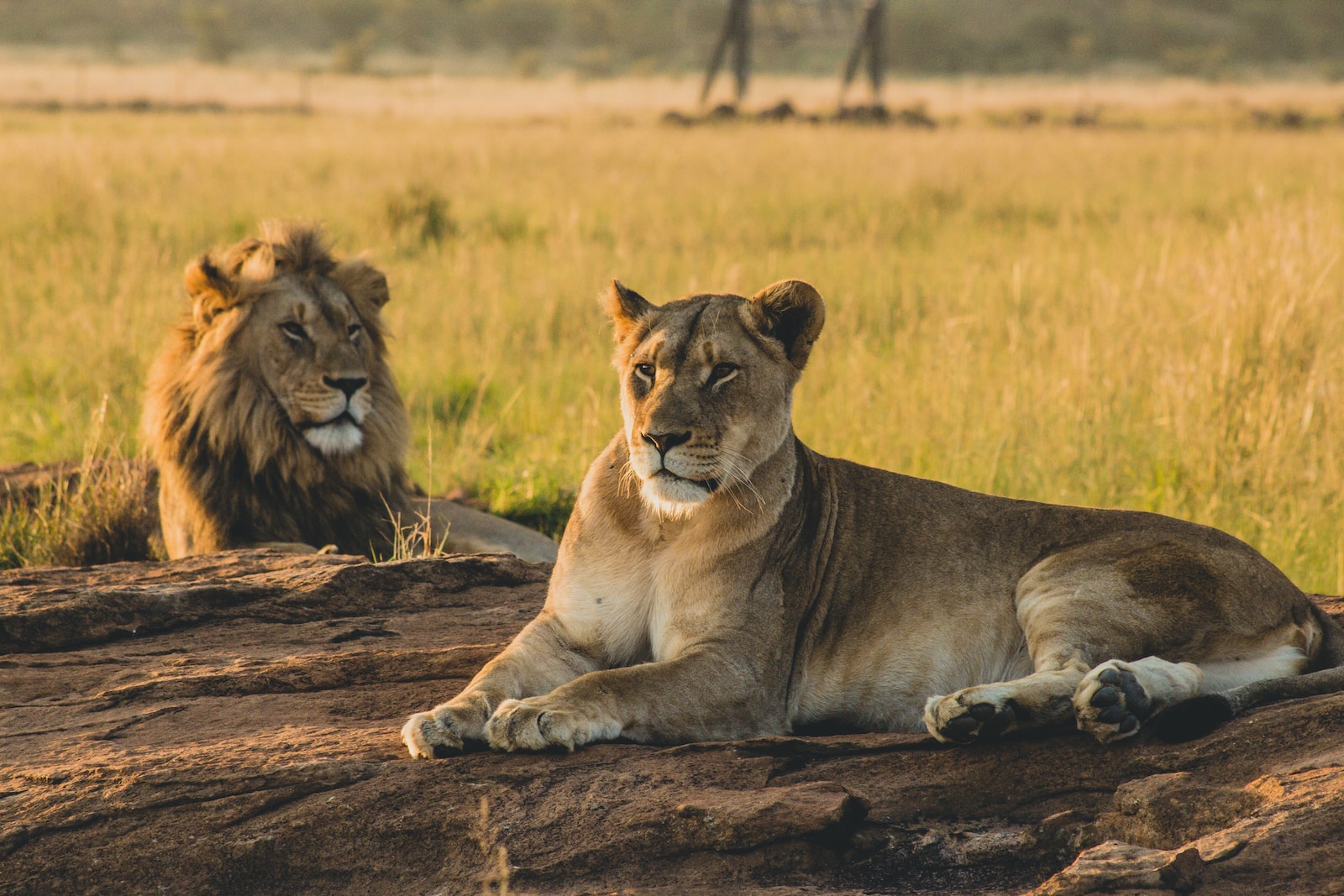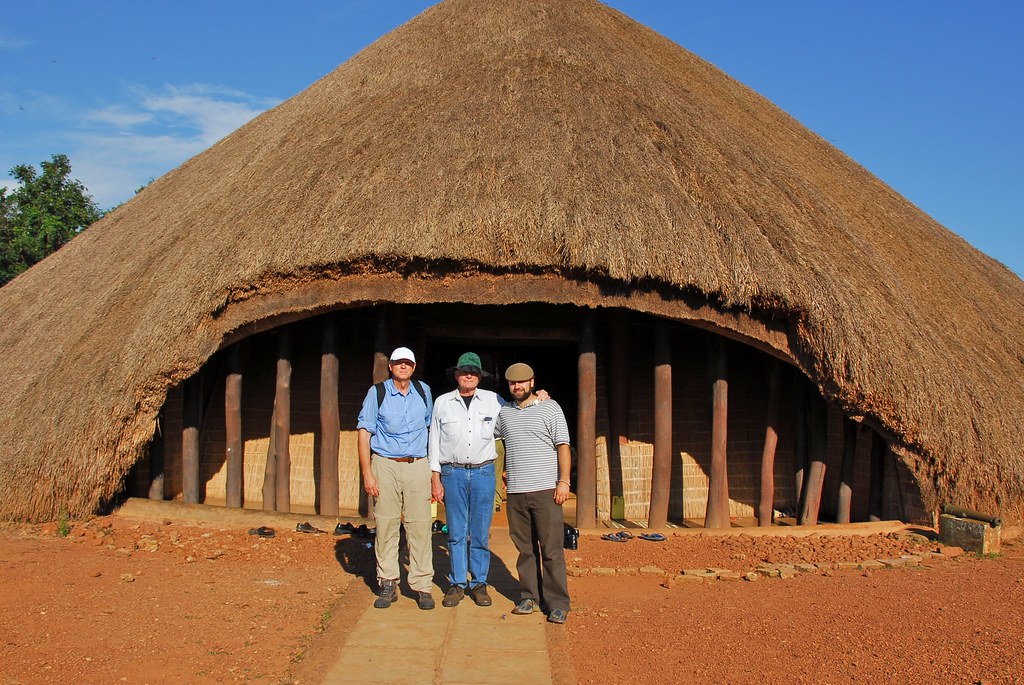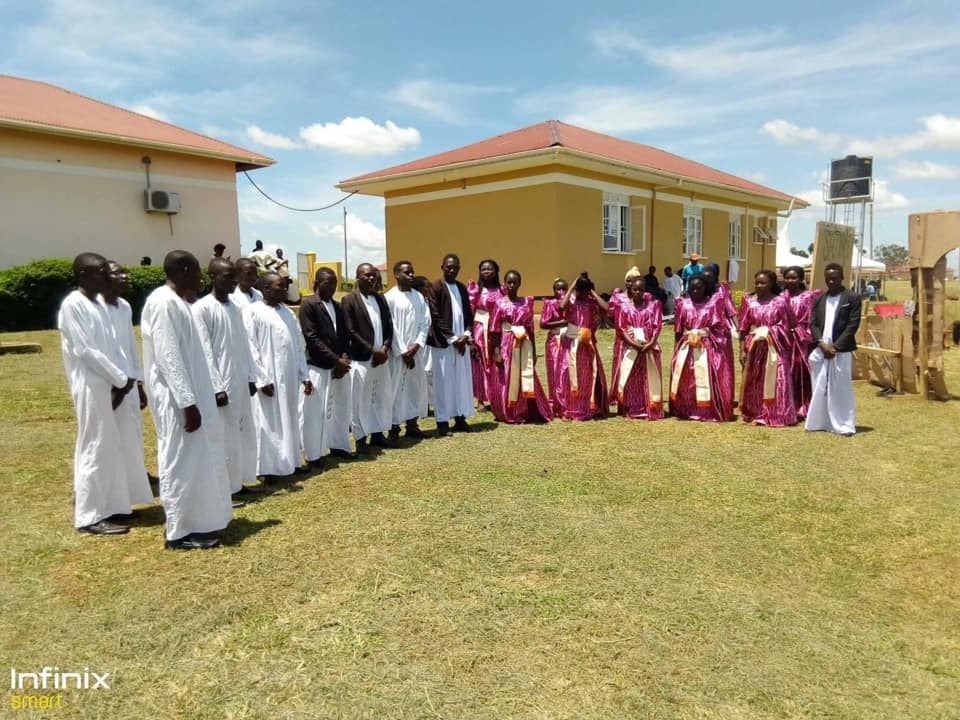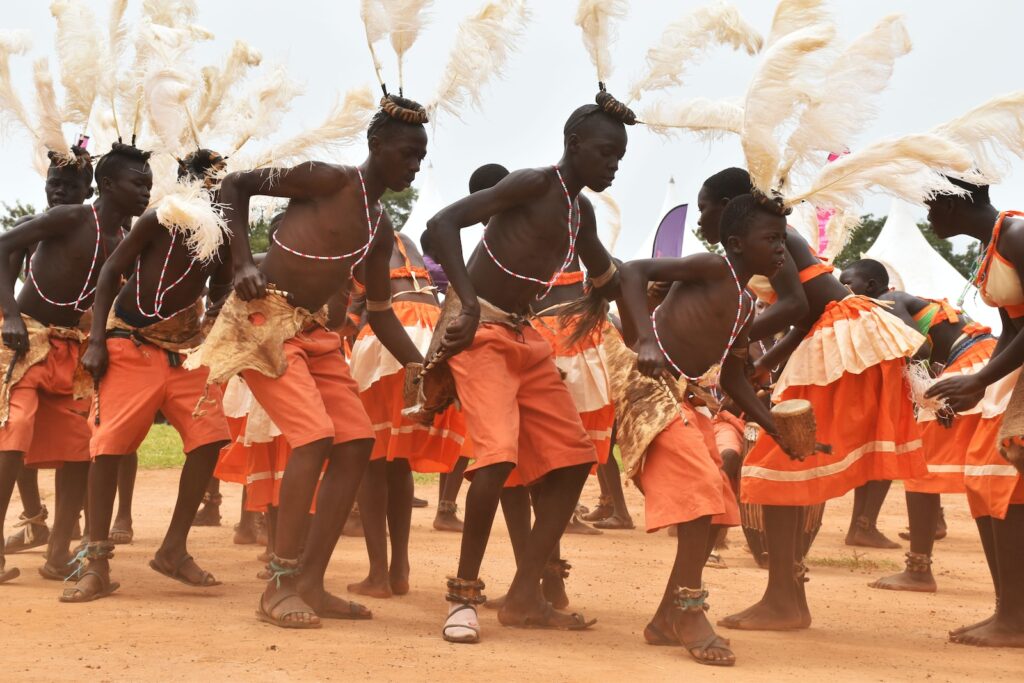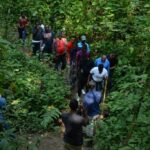Uganda, known as the “Pearl of Africa,” is a country blessed with rich cultural heritage and diverse traditions. Beyond its awe-inspiring natural beauty and abundant wildlife, Uganda offers a unique opportunity for travelers to delve into the depths of its history and immerse themselves in the vibrant tapestry of its cultural identity. From ancient kingdoms and sacred rituals to modern-day customs, this article takes you on a captivating journey through Uganda’s cultural heritage and traditions.
1. Ancient Kingdoms and Historical Sites:
Uganda boasts a history that dates back thousands of years, with several ancient kingdoms that have left a significant impact on the nation’s identity. One of the most prominent kingdoms is the Buganda Kingdom, whose capital, Kampala, is now the country’s bustling capital city. Visiting the Buganda Royal Palace and learning about the kingdom’s fascinating past and traditional governance system offers a glimpse into the roots of Ugandan culture.
Other historical sites, such as the Kasubi Tombs (a UNESCO World Heritage Site), hold the remains of Buganda kings and offer a poignant insight into the kingdom’s spiritual beliefs and burial practices. The mystical and well-preserved rock art in eastern Uganda’s Nyero Rock Paintings showcases the ancient creativity of the indigenous communities and provides a fascinating connection to the past.
Besides Buganda, Let’s explore more of other kingdoms and historical sites in Uganda
a. The Kingdom of Bunyoro-Kitara
The Kingdom of Bunyoro-Kitara, located in western Uganda, holds a prominent place in the country’s history. Known for its majestic palaces and strong cultural traditions, the kingdom has a history that dates back to the 14th century. Travelers can visit the Royal Palace of the Omukama (king) in Hoima, the capital of Bunyoro, to learn about the kingdom’s governance, customs, and the revered institution of monarchy in Ugandan culture.
b. The Toro Kingdom and the Royal Tombs
Situated in the Rwenzori region, the Toro Kingdom is another ancient monarchy in Uganda. The Royal Tombs, found in Fort Portal, are a significant historical site, serving as the final resting place of several Toro kings. The architectural style and elaborate burial rituals offer a glimpse into the kingdom’s royal heritage and its close ties to the Rwenzori Mountains and the surrounding landscape.
c. Ancient Rock Art in Karamoja
Karamoja, in northeastern Uganda, is home to intriguing rock art sites that provide insights into the lives of prehistoric communities. The Nyero Rock Paintings, as mentioned earlier, are not only historical but also artistic treasures. The paintings, with their vibrant colors and intricate designs, depict scenes from daily life, religious ceremonies, and the diverse wildlife that once roamed the region.
d. The Kingdom of Busoga
In the eastern part of Uganda, the Kingdom of Busoga is known for its rich cultural heritage and longstanding traditions. The Kyabazinga (king) of Busoga plays a significant role in preserving and promoting the region’s customs and values. Visitors can experience the colorful Busoga Dance, a vibrant cultural display accompanied by traditional music and rhythmic drumming.
e. The Kingdom of Ankole
Ankole, located in the southwestern part of Uganda, is known for its iconic long-horned Ankole cattle, which hold great cultural and economic importance. The Igongo Cultural Centre in Mbarara offers a unique opportunity to explore Ankole’s history and traditions, including its distinctive architecture, folklore, and cuisine.
f. The Historic City of Jinja
Jinja, situated along the shores of Lake Victoria and the source of the Nile River, holds historical significance as an important trading post during the colonial era. Today, it is a popular destination for tourists seeking adventure sports like white-water rafting and bungee jumping. The city’s charm lies in its fusion of history, scenic beauty, and adrenaline-fueled activities.
By visiting these ancient kingdoms and historical sites, travelers can gain a deeper appreciation for Uganda’s cultural diversity and the enduring legacy of its past. The preservation of these sites and traditions plays a crucial role in nurturing national identity and promoting cultural heritage tourism in the country.
2. Sacred Rituals and Ceremonies:
Uganda’s cultural landscape is enriched with a tapestry of sacred rituals and ceremonies that have been passed down through generations. These age-old practices provide a profound insight into the beliefs, values, and spirituality of the country’s diverse ethnic groups.

Among the Bagisu people in eastern Uganda, the Imbalu ceremony is a significant rite of passage for young men transitioning into adulthood. The ritual involves circumcision and initiates young boys into adulthood, marking their journey into responsibility, leadership, and societal recognition. The event is celebrated with great pomp and cultural fervor, featuring traditional dances, singing, and feasting.
b. The Ankole Cattle Festival
For the Banyankole people of southwestern Uganda, cattle are not merely livestock but also symbols of wealth, status, and cultural identity. The Ankole Cattle Festival is a unique celebration that showcases the importance of cattle in Ugandan society. During this event, cattle are paraded in front of onlookers, and competitions are held to highlight the beauty and uniqueness of these long-horned animals.
c. Birth and Naming Ceremonies
Across Uganda, the birth of a child is a momentous occasion celebrated with joy and enthusiasm. Each ethnic group has its own customs and rituals related to childbirth and naming ceremonies. These ceremonies often involve prayers, blessings, and the naming of the newborn, with names often chosen based on circumstances surrounding the birth or the family’s beliefs.
d. Marriage Traditions
Marriage is a sacred institution in Ugandan culture, and traditional marriage ceremonies are elaborate affairs that differ among ethnic groups. For example, among the Baganda people, the Kwanjula (introduction) ceremony is a formal event where the groom and his family visit the bride’s family to seek their approval and blessings. The wedding itself is celebrated with vibrant dances, music, and feasting.
e. The Buganda Kingdom’s Kabaka’s Birthday Celebration
The Buganda Kingdom’s Kabaka’s (king’s) birthday celebration, known as “Enkuuka,” is a highly anticipated event in Uganda’s cultural calendar. It takes place annually and features a series of festivities, including traditional dances, music performances, and cultural displays. It is an opportunity for the people of Buganda to express their loyalty and reverence to their king and celebrate their cultural heritage.
f. Healing and Spiritual Ceremonies
Uganda’s diverse cultural communities have their own healing and spiritual practices. These ceremonies often involve traditional healers who use natural remedies, incantations, and rituals to address physical, emotional, and spiritual ailments. The rituals are deeply rooted in the belief that a person’s well-being is interconnected with the harmony of the community and the natural world.
Participating in or witnessing these sacred rituals and ceremonies offers travelers a unique opportunity to gain insight into the spiritual depth and cultural values that shape Ugandan society. It also fosters a sense of respect and appreciation for the ancient traditions that continue to be preserved and cherished by the country’s diverse communities.
3. Music, Dance, and Artistry:
Music and dance are integral components of Ugandan culture, providing a colorful expression of the nation’s diverse heritage. The lively and rhythmic performances of traditional dance troupes at cultural centers and local festivals are a testament to the country’s artistic soul.
Uganda’s arts and crafts scene also flourishes, with skilled artisans creating intricate beadwork, pottery, woven baskets, and handcrafted instruments. Visiting artisan workshops and local markets not only supports these talented individuals but also offers a chance to take home a piece of Uganda’s cultural essence.
4. Oral Tradition and Storytelling
In Uganda, the art of storytelling and oral tradition has been an integral part of passing down history, knowledge, and cultural values from one generation to another. Through captivating narratives, myths, legends, and historical accounts, the country’s diverse ethnic groups preserve their unique identity and worldview.
a. Myths and Legends.
Uganda’s oral tradition is replete with myths and legends that offer mystical explanations for the creation of the world, the origin of different communities, and the supernatural forces that govern the universe. These myths often feature deities, spirits, and creatures of folklore, and they reflect the beliefs and values of the people. One such example is the legend of “Kintu,” a mythical figure considered the first man in Buganda folklore.
b. Folktales and Moral Lessons:
Folktales are a cherished part of Uganda’s oral tradition, told during leisure hours and around campfires. These stories are not only entertaining but also serve as powerful vessels for imparting moral lessons and teaching valuable life skills. Through the adventures of clever animals like the hare and the tortoise, or the mischievous tricks of legendary characters like “Kamunana,” these tales encourage wisdom, kindness, and humility.
c. Historical Narratives:
Oral tradition plays a crucial role in preserving historical narratives that may not be found in written records. Griots, or oral historians, are highly regarded members of the community who hold the responsibility of recounting the history of their people. They share stories of ancient battles, migrations, and the establishment of kingdoms, keeping alive the memories of significant events that shaped Uganda’s past.
d. Cultural Practices and Rituals:
Oral tradition is instrumental in maintaining knowledge about cultural practices and rituals. Elders, considered repositories of wisdom, pass on essential information about traditional customs, religious ceremonies, and sacred rites. From the preparation of indigenous medicines to the intricate steps of traditional dances, these oral teachings ensure the continuity of Uganda’s cultural heritage.
e. Storytelling as Entertainment:
Beyond educational purposes, storytelling also serves as a form of entertainment in Uganda. Local gatherings and community events often feature skilled storytellers who captivate their audience with animated gestures and expressive narration. These storytelling sessions foster a sense of community and togetherness, bridging the gap between generations and strengthening cultural bonds.
By engaging with Uganda’s oral tradition and storytelling practices, travelers not only gain a deeper appreciation for the country’s culture but also contribute to the preservation of these ancient traditions. Embracing the wisdom passed down through generations fosters cross-cultural understanding and fosters an enduring appreciation for the beauty of human heritage.
For Charles, a tour guide of Lettuce Tours and Travels, interacting with the local elders is not just a regular activity but a gateway to a once-in-a-lifetime opportunity. He encourages tourists to sit down with these respected members of the community, who possess a treasure trove of knowledge about their origin, tribes, and fascinating myths. Through the art of storytelling, the elders vividly recount the ancient tales that have been passed down from generation to generation.
“Listening to these captivating stories offers a unique insight into Uganda’s rich history and diverse cultural tapestry,” Charles explains with a warm smile. “The myths and legends not only entertain but also impart valuable life lessons and moral values. It’s an enriching experience that connects travelers with the very essence of our nation.”
Conclusion:
By booking with Lettuce Tours and Travel, you’ll gain more than just a vacation; you’ll gain an invaluable connection to Uganda’s cultural soul. We believe that travel should be transformative, and these storytelling experiences are the gateway to discovering the heart and essence of our nation.
So, why wait? Join us in unraveling the rich tapestry of Uganda’s heritage through the art of storytelling. Let our team curate an unforgettable itinerary that delves deep into the traditions and stories of local communities. Book now and be prepared to embark on a journey that will linger in your heart forever.
Seize the opportunity to learn tales and myths from Uganda’s esteemed elders. Contact Lettuce Tours and Travel today and unlock the magic of storytelling on your next adventure!
